Reviving Mesopotamian Culinary Arts
Chosen theme: Reviving Mesopotamian Culinary Arts. Step into kitchens along the Tigris and Euphrates, where barley breads, date syrups, fragrant herbs, and slow-simmered stews once defined daily life and festival feasts. Follow along, subscribe, and help rekindle this delicious legacy at home.
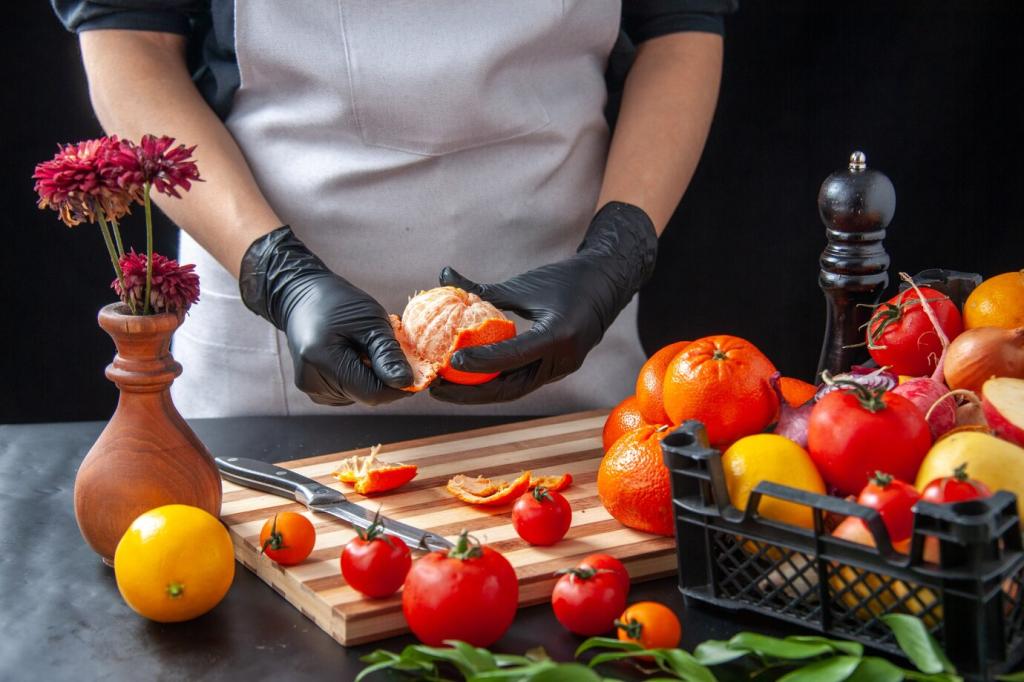
The Ancient Pantry: Barley, Dates, and Sesame
Bread of Civilization: Barley and Emmer
Barley was the backbone of Mesopotamian cuisine, becoming flatbreads, porridges, and even early leavens for rustic loaves. Try blending barley flour with wheat or emmer for nutty depth, then share your first loaf’s aroma and crumb.
Sweetness from the Date Palm
The date palm was called a tree of life for good reason. Use date syrup to glaze lamb, sweeten stews, or enrich sauces. Tell us how you balance its caramel notes with savory herbs in your kitchen.
Liquid Gold: Sesame Oil and Dairy
Sesame oil added silky richness to stews and vegetables, while sheep and goat dairy brought tang and body. Drizzle warm sesame oil over lentils, finish with yogurt, and comment on the flavors that bloom.
Fires and Vessels: How Mesopotamians Cooked
A tannur is a clay oven that kisses dough with radiant heat. Mimic it using a preheated pizza stone and a ripping-hot oven. Share your blistered flatbread photos and the crackle you hear when it cools.
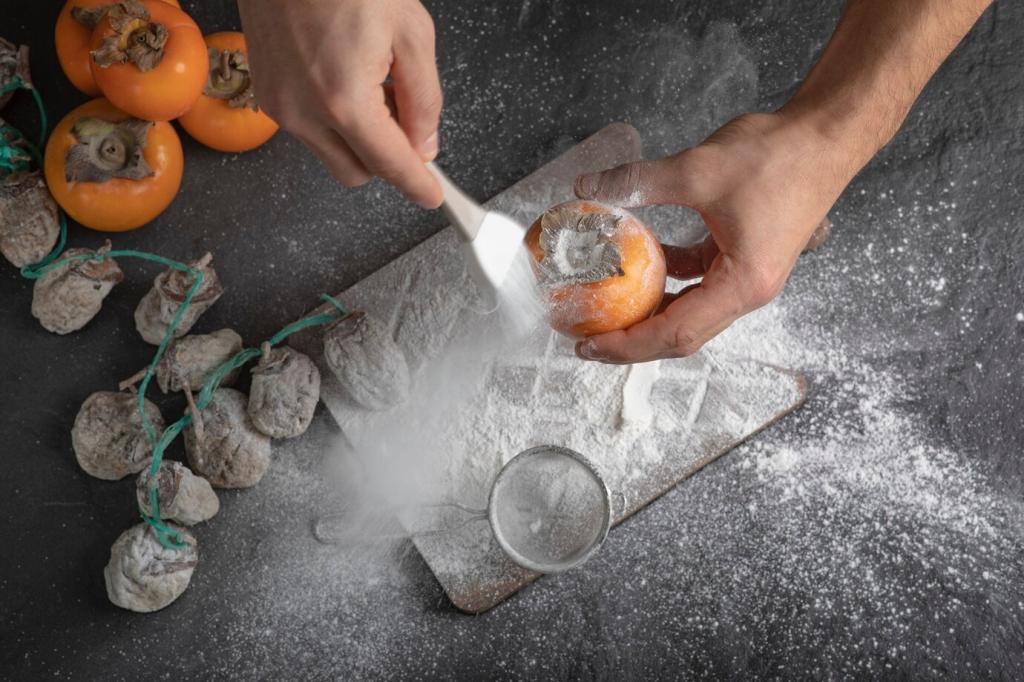
Reading the Oldest Recipes
Ancient tablets mention ingredients and methods but few measurements. Start with small batches, taste often, and keep notes. If you try a tablet-inspired stew, share your adjustments and the moment it finally clicked.
Everyday Meals and Festive Tables
Imagine warm flatbread, a smear of date paste, and grilled river fish seasoned with coriander and salt. Try a weekend recreation, then share how the simplicity sharpened your senses and started conversations.
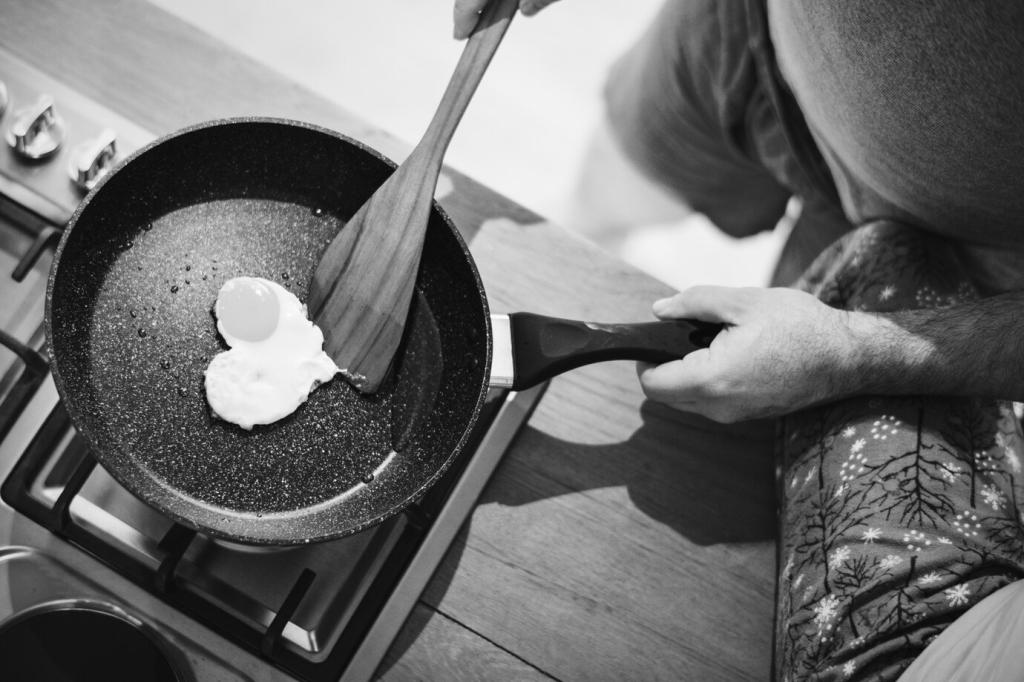
Flavor Architecture: Sweet, Savory, and Herbal Balance
Dates lend caramel warmth to savory dishes. Glaze onions in date syrup, deglaze with a splash of vinegar, and fold into lamb or beans. Share how you kept sweetness supportive, not overwhelming.
Flavor Architecture: Sweet, Savory, and Herbal Balance
Leeks, garlic, and coriander were kitchen pillars. Sweat them gently, add cumin and dill, then salt to awaken aromas. Tell us which herb pairing made your pot suddenly taste ancient and alive.
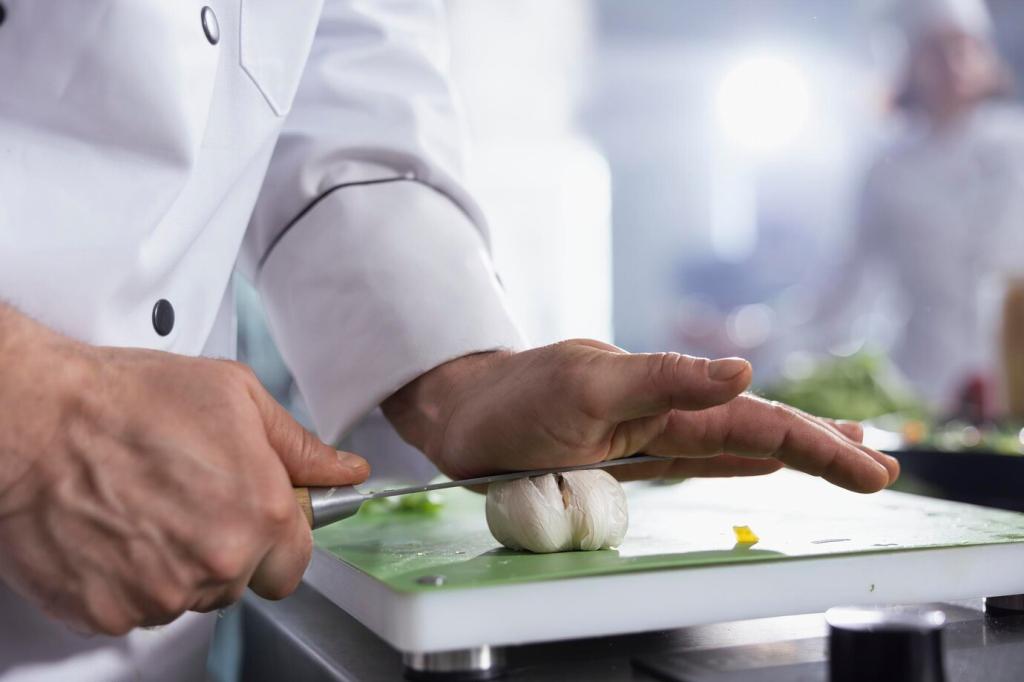
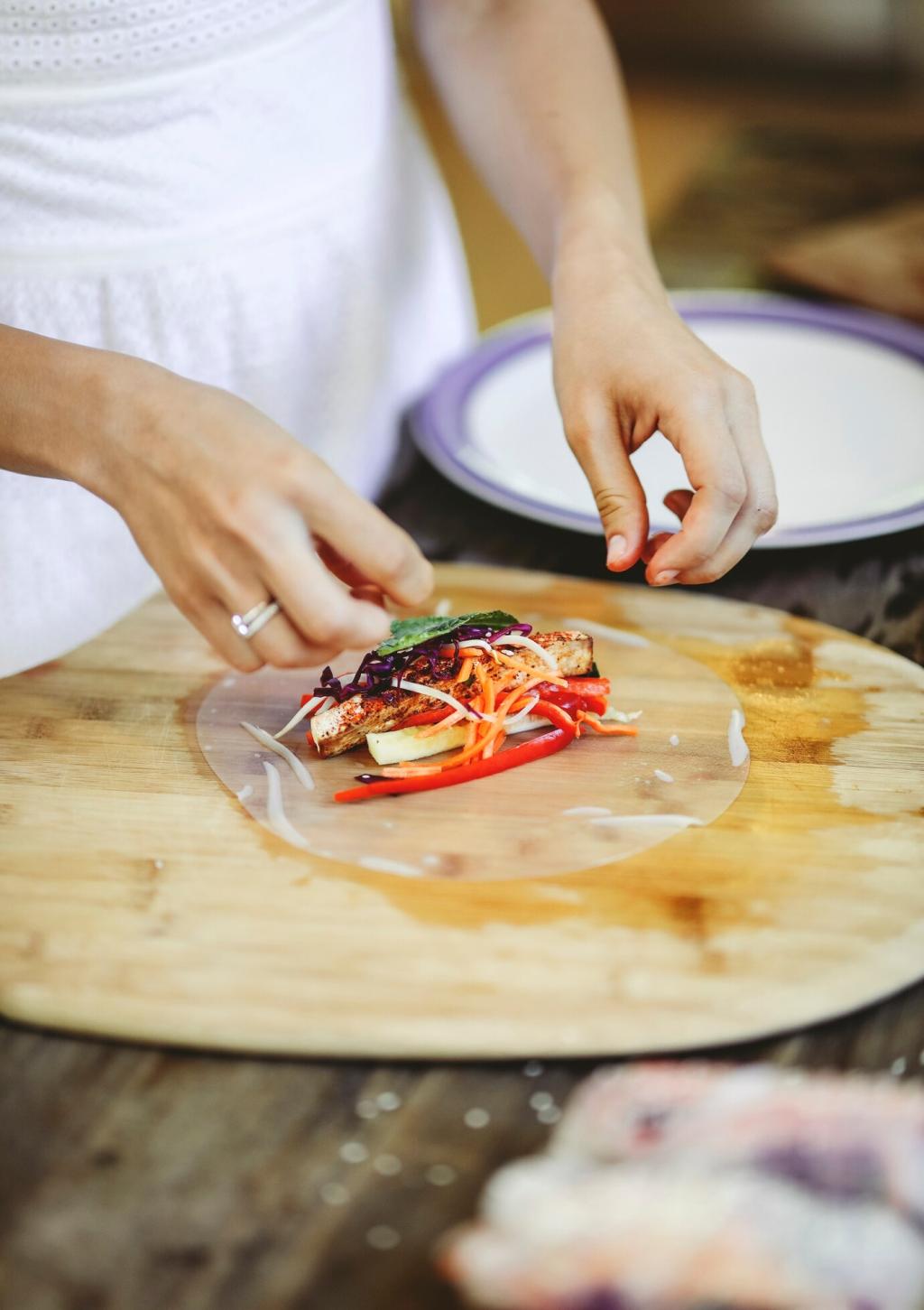

Build a Micro-Tannur or Simulate One
Invert a cast-iron pot over a blazing-hot stone, or use a broiler to mimic radiant heat. Practice safe handling, then report back with your best puffed breads and lessons learned.
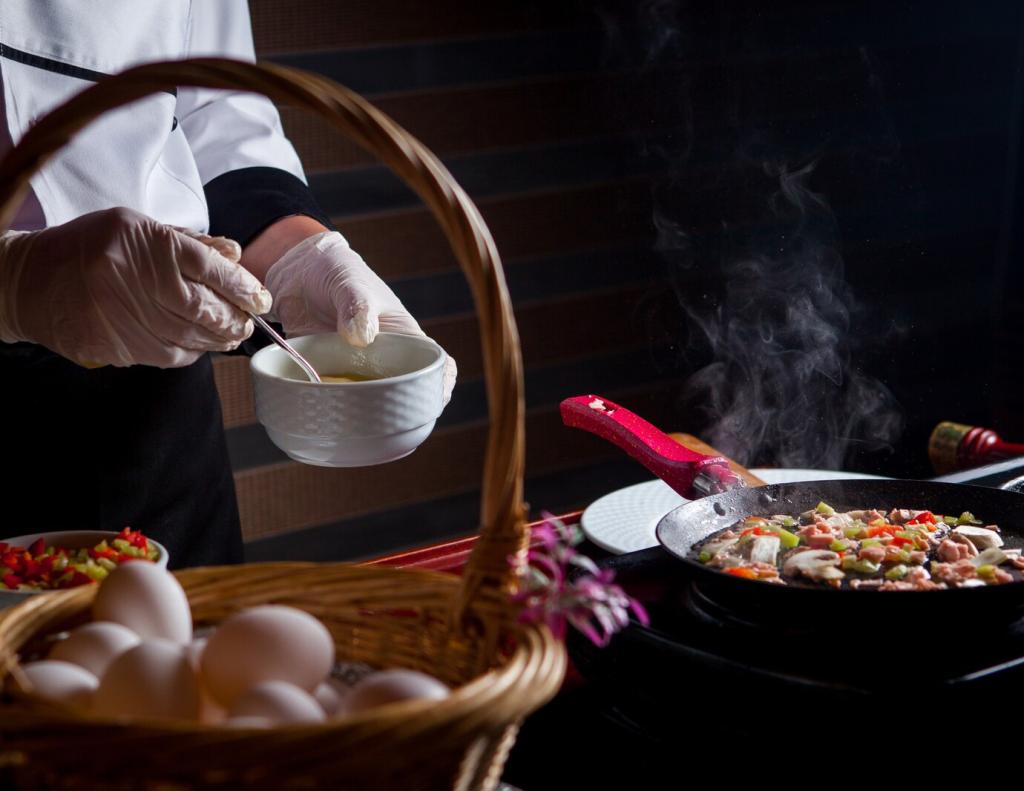
Sourcing and Substituting
Find date syrup, barley flour, coriander, cumin, sesame oil, and dried legumes at Middle Eastern grocers. Substitute thoughtfully, keep notes, and tell us which swaps preserved the spirit without sacrificing flavor.
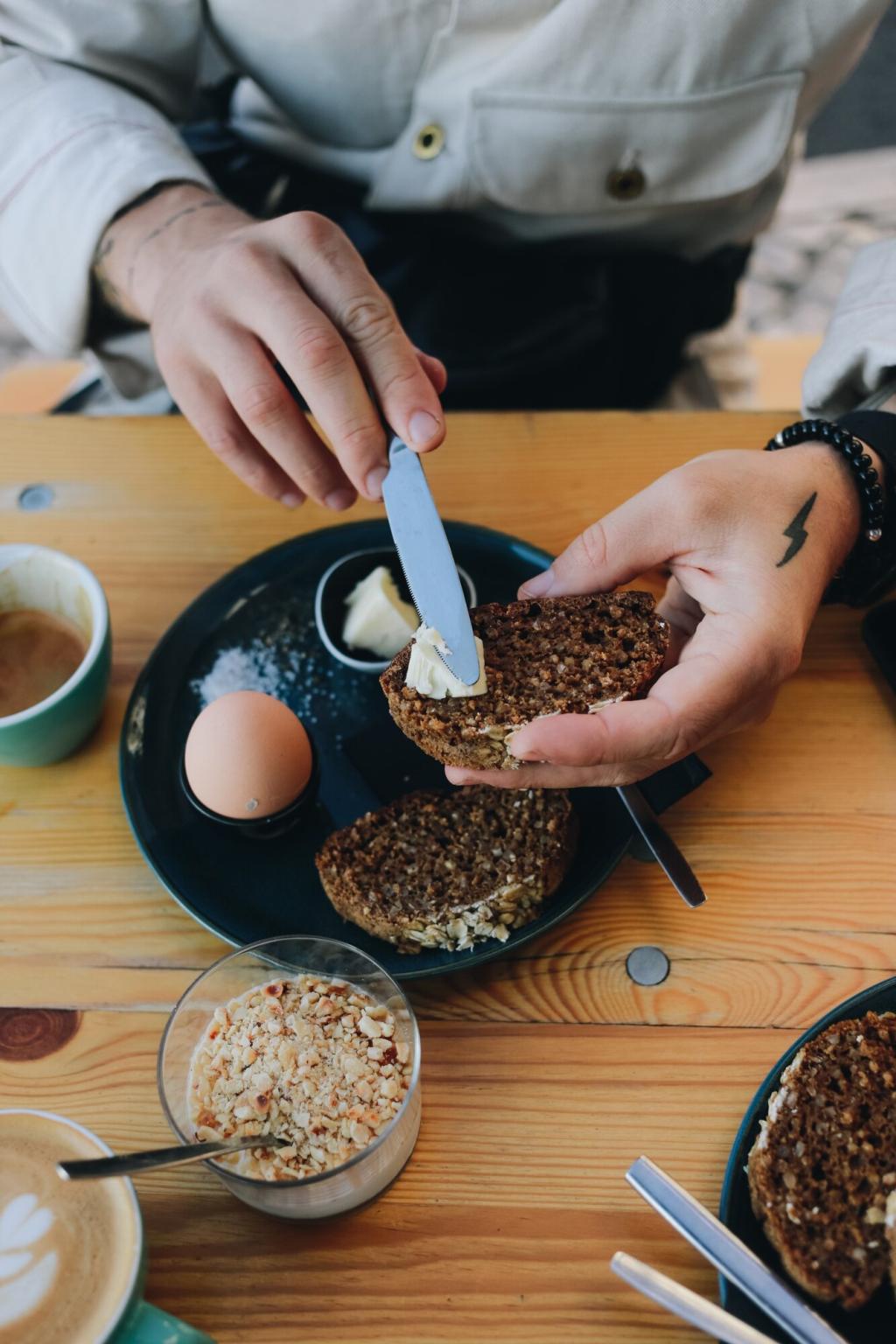
Join the Revival
Subscribe for new recipes, ingredient spotlights, and historical deep dives. Share family traditions that echo these flavors, ask questions, and help shape our next Mesopotamian cook-along.
Join our mailing list
